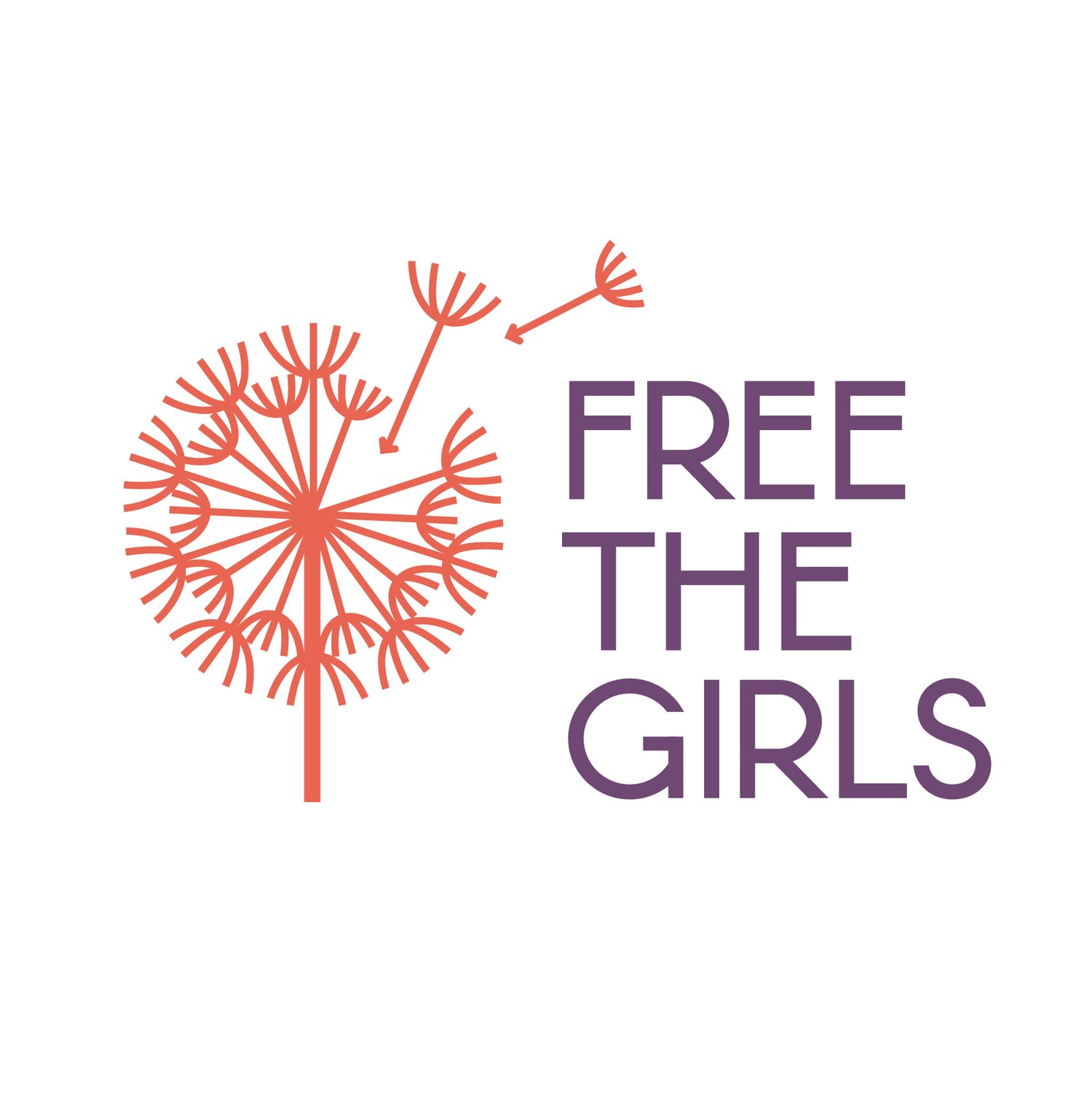Learning to Hope and Dream Again
Know the term learned helplessness? Think back to your Intro to Psych course in college. Or that podcast or book everyone said you had to read. Or even your own experience of feeling like there’s no point in trying because everything is working against you to prevent you from achieving your goal.
50 years ago, two researchers coined the term to describe what happens when a person repeatedly experiences pain, stress, or dejection and they eventually learn to expect the pain, the stress, the dejection and therefore reach a point where they don’t even try - even when all obstacles are cleared away. It’s a pretty bleak state to be in. The implication of the original idea was that we need to look backwards - at all those upsetting and potentially traumatic events - and reframe what happened to help move forward past learned helpelessness.
But now, all these years later, these same researchers are amending their earlier theory. They’re now saying that we do not need to look backwards - we need to look forward. We need to retrain our brains (with something very, very cool called neural plasticity) with learned hopefulness.
This isn’t pie-in-the-sky-Pollyanna-type of hope. One psychologist explains,
“Hope is the only positive emotion that requires negativity or uncertainty to be activated. We don’t need hope if everything is all right.”
This type of hope looks at what’s around and can imagine a future different than one’s past or present. (Sounds an awful lot like healing from trauma, doesn’t it?)
Earlier this month, some of our staff members were in a meeting in which we were able to explain the way we’ve see the women in our program begin to dream and hope. When we first started this organization 13 years ago, we would ask the women, “What’s your dream?” and were often met with blank faces. It’s awfully hard to think about the future when your present is eking out survival and your past is filled with pain. But what we found was that in time, with support and financial stability, the women learned to understand the question. They would come in and say, “I know what you were asking now! My dream is….” (everything from “reading my kid a bedtime story” to “having a safe home” to “finding someone who loves me”). We saw this in the pandemic - women in El Salvador saying, “Our business may have shut down, but we can make it. We’ve faced harder things” as they adapted in some unique and creative ways. In fact, we have an entire introductory section to our economic empowerment educational initiative that is titled, “Permission to Dream.”
Dreaming is hopefulness.
While this comes naturally to many of us as children, as adults it becomes a skill with practice required to overcome feelings of inadequacy, hopelessness, despair.
We’ve got some great quotes coming your way later this year from some of the women you help support through your donations to FTG, and many of them are around dreams, hope, future, freedom. Surviving as a survivor is hard - not just physically but emotionally as well. But when they are able to practice hopefulness, practice dreaming, practice excited anticipation of future surprises - well, we have come a long way on our healing-centered journey.


